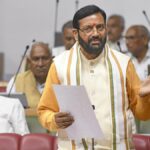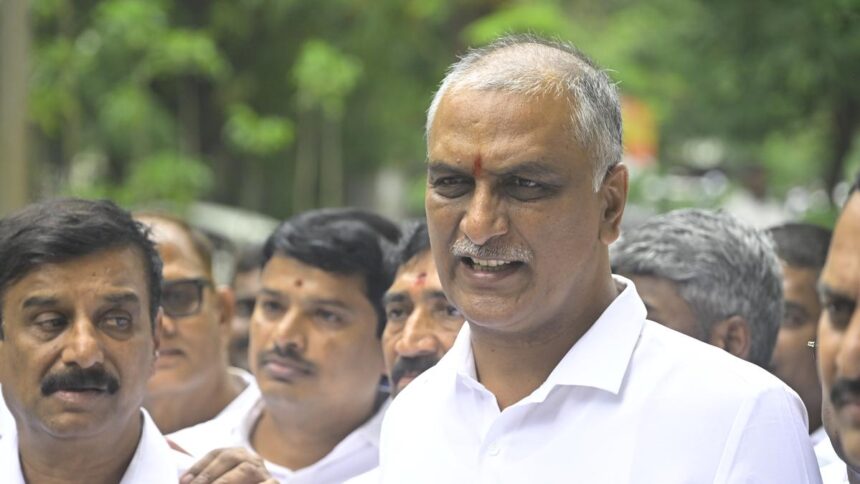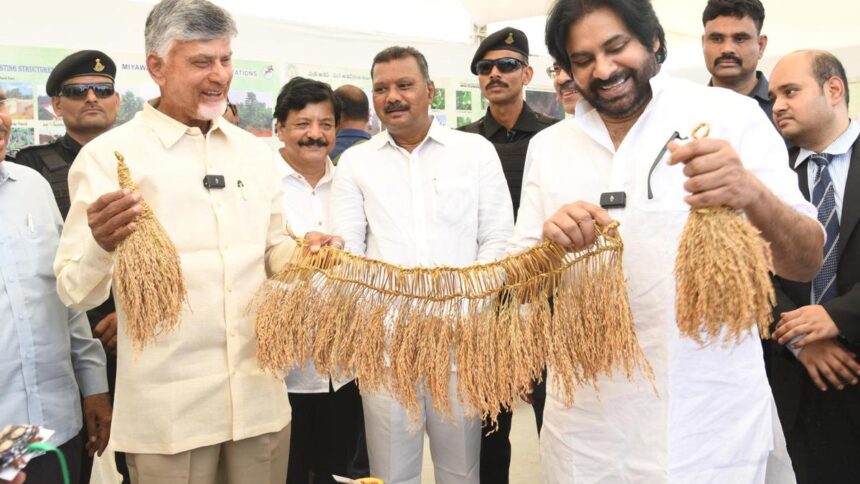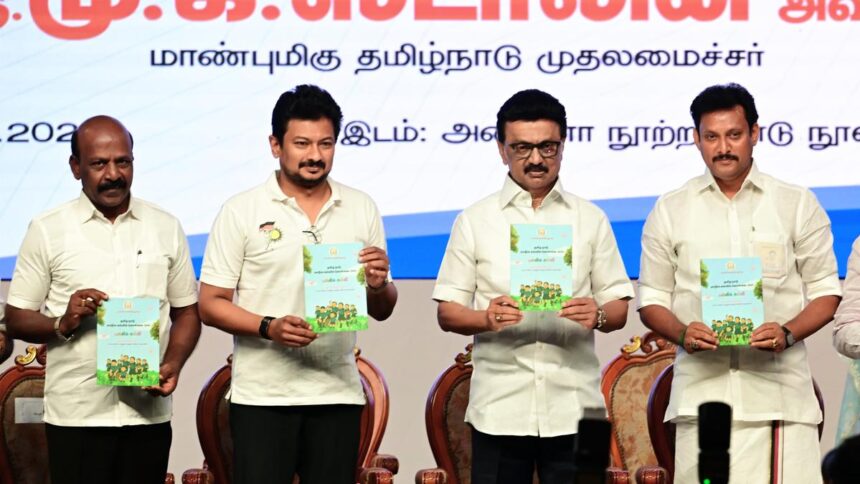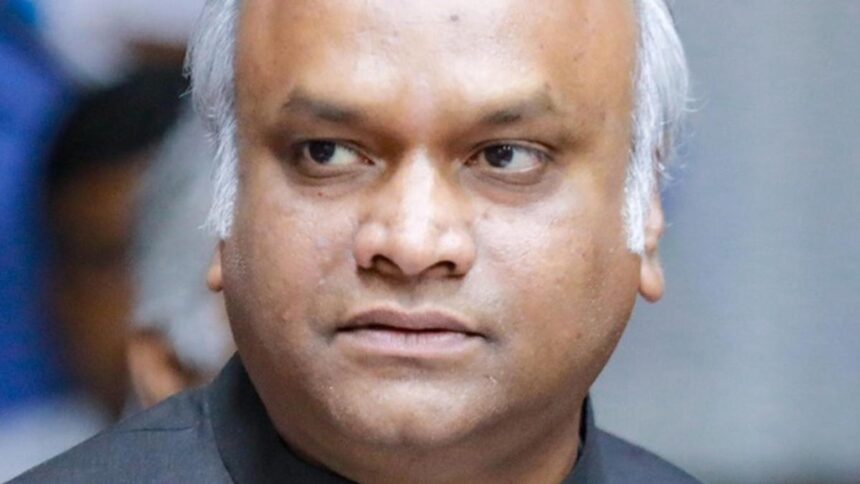
An education, awareness, and sensitisation campaign launched by Aaranyak in the fight to save vultures.
| Photo Credit: Special Arrangement
GUWAHATI
An Assam-based biodiversity conservation organisation has roped in gram pradhans or village chiefs as stakeholders in the fight to save vultures.
An education, awareness, and sensitisation campaign launched by Aaranyak on Thursday (August 21, 2025) saw scores of village chiefs converge at the Chhaygaon Revenue Circle office in Kamrup district. Chhaygaon is about 42 km southwest of Guwahati.

Aaranyak’s Dipankar Lahkar said Kamrup district has been one of the deathbeds for vultures in Assam. Hundreds of these scavenging birds have been killed in the district, mostly after devouring pesticide-laced carcases.
Chiranjib Das, the Chhaygaon Circle Officer, emphasised the pivotal role the influential gram pradhans could play in spreading the vulture conservation message across villages.

An education, awareness, and sensitisation campaign launched by Aaranyak in the fight to save vultures.
| Photo Credit:
Special Arrangement
“We have lost at least 600 vultures in the last 15 years owing to chemical poisoning. Educating people and increasing their participation in vulture conservation is critical for the future of these birds,” he said.
“We are attempting to bring everyone on board through our flagship Sagun Mitra and Nest Guardianship initiatives,” he said, adding that poison-free food can help rebuild the vulture population. Sagun is Assamese for vulture.
One of the village chiefs who attended the programme said most poisoning incidents are outcomes of people attempting to combat cattle predation by wild carnivores and feral dogs.
Experts explained to the village chiefs how the vultures play an important ecological role by keeping the environment disease-free as “nature’s cleaning crew”.
According to the Oriental Bird Club, which provided local support to the campaign, the population of resident vultures in the Kamrup district has almost collapsed. A few species, such as the slender-billed vulture, have populations of less than 900 birds across their distribution ranges.
Nonsteroidal anti-inflammatory (NSAID) medicines such as Diclofenac, Aceclofenac, Ketoprofen, and Nimesulide, which are used to treat bovine pain and fever, have been identified as a primary cause of the vulture tragedy.
While the government of India has prohibited the use of all these NSAIDs for veterinary purposes, poisonings caused by pesticides such as organophosphates and carbofuran remain. Experts said the decline in vulture populations has led to an increase in diseases in humans, accounting for 48,000 deaths per year in the country.
Published – August 23, 2025 03:56 am IST




